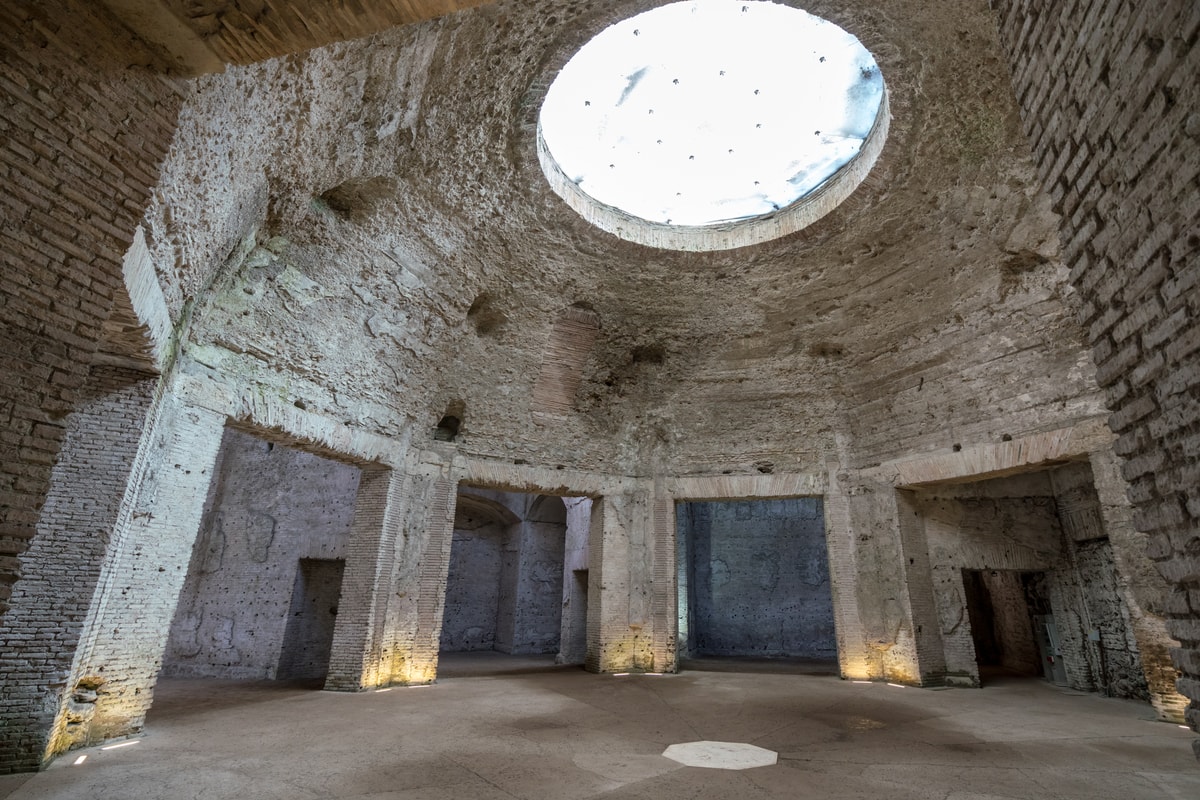
Raphael und die Domus Aurea
A new exhibition opens this year at the Domus Aurea – the Golden House of Nero that will delve into the ‘grotesque’ style rediscovered by Raphael and other Renaissance artists in the 16th century.
2020 marks the 500th anniversary of the death of Rafaello Sanzio, otherwise known to us as Raphael. To mark the occasion, a number of rooms of the Domus Aurea hosts a unique exhibition ‘Raphael and the Domus Aurea – the invention of grotesque’ tells the story of the discovery of the Golden house and the exquisite fresco decoration inside which had not been seen for over a millennium.
When the Domus Aurea was rediscovered at the end of the 15th century, a number of artists working in Rome (including Raphael and Pinturicchio) lowered themselves with ropes into the dark cavernous rooms. The ancient Roman fresco decoration they found would result in an entirely new style of decorative art characterized by fanciful human and animal forms often interwoven with foliage or similar figures that distort the natural into absurdity, ugliness, or caricature. Due to their subterranean location, these rooms were called ‘grottoes,’ and the decoration on the walls subsequently was called ‘grotesque’.
Raphael was certainly affected by the decoration he saw, something that becomes clear at the Vatican Loggia of Pope Leo X as well as the Loggetta and Stufetta of Cardinal Bibbiena (father to Raphael’s betrothed). The Loggetta and the Stufetta were decorated in the antique style first, but the most well known and most influential – the Loggia at the Vatican served as the prototype for modern grotesques. Later buildings in Rom like Castel St Angelo would be similarly decorated.
This multimedia exhibition, curated by Vincenzo Farinella with Stefano Borghini and Alessandro D’Alessio will see the octagonal hall and other rooms of the Domus Aurea brought to life with animation, interactive and multimedia equipment to superimpose Raphael’s grotesque style onto the walls.